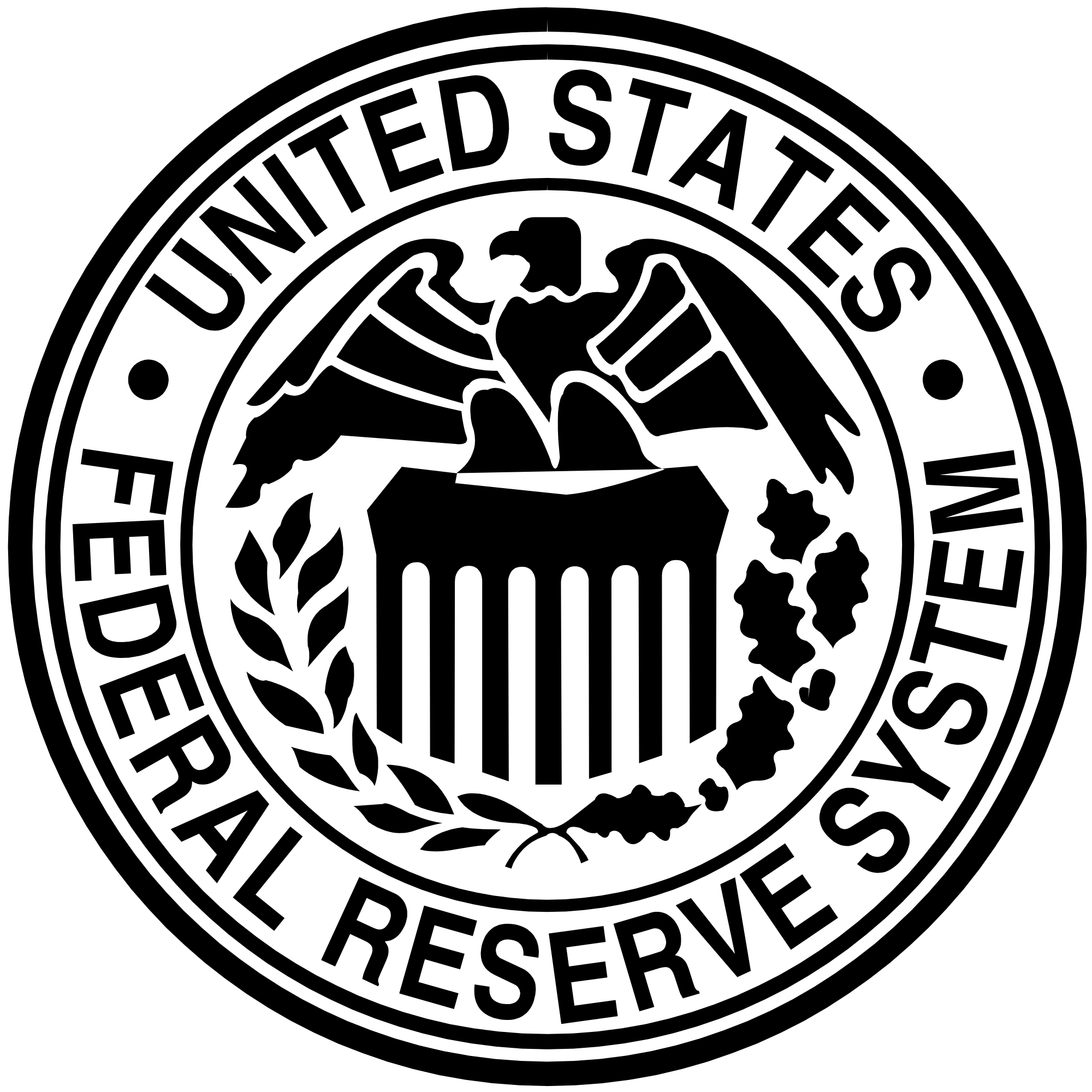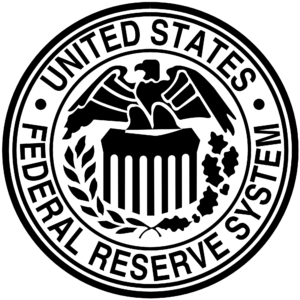 The Federal Reserve has raised short term interest rates three times already this year by one-quarter percent, and it seems poised to do so again in December, even though it left rates unchanged this week. Over the next two years, barring an unanticipated war or recession, the Federal Reserve will raise short-term rates by another percentage point.
The Federal Reserve has raised short term interest rates three times already this year by one-quarter percent, and it seems poised to do so again in December, even though it left rates unchanged this week. Over the next two years, barring an unanticipated war or recession, the Federal Reserve will raise short-term rates by another percentage point.
We may have different reasons for benefiting from higher or lower interest rates, depending on whether we are primarily borrowers or savers, employers or employees, exporters or importers, young or old.
The effects of rate hikes on the economy are complex and incredibly important. But we probably think of interest rates and the Federal Reserve a bit like changes to the earth’s climate – massive forces shifting ominously, seemingly far beyond our individual control. We vaguely understand them to have huge implications. We’d like to know more, but how?
There are two big questions to understand today about the Federal Reserve and rising interest rates.
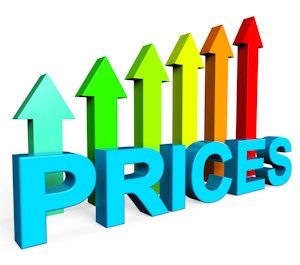 First, what is the relationship between inflation and interest rate hikes?
First, what is the relationship between inflation and interest rate hikes?
Second, what is the proper relationship between political leaders and the Federal Reserve?
I’ll talk about the inflation question here and leave the political question of the Federal Reserve for a later post.
From a multi-decade perspective, we’re moving from artificially low interest-rates – dating back to a period that started with the 9/11 attacks and were renewed by the 2008 financial crisis – to a more “normal range” interest rate environment.
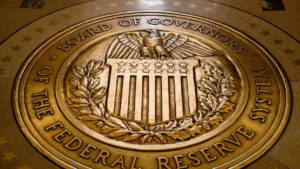 In normal times, the Federal Reserve raises rates when it worries about inflation, and it lowers rates when it worries most about unemployment. The Fed’s not worried about unemployment – currently at a 49-year low. Instead, the Fed seeks to keep inflation in check. But because inflation apparently isn’t rampant, the Fed can take it’s time with gradual rate hikes.
In normal times, the Federal Reserve raises rates when it worries about inflation, and it lowers rates when it worries most about unemployment. The Fed’s not worried about unemployment – currently at a 49-year low. Instead, the Fed seeks to keep inflation in check. But because inflation apparently isn’t rampant, the Fed can take it’s time with gradual rate hikes.
One of the great economic mysteries of the last decade is the absence, or at least inconsistency, of observable inflation, despite the fact that the Federal Reserve pulled out all the stops to make lots of money available in the years following the 2008 financial crisis. Pretty much every observer, even supporters of the post-2008 crisis policy of easy-money-plus-low-interest-rates, predicted a significant uptick in inflation. That, seemingly, was the price we had to pay to kickstart the economy.
But then, it didn’t happen. Or it didn’t happen in the way we expected. From the beginning of 2010 through September 2018, the Consumer Price Index – a traditional measure of inflation – rose only 16.4 percent. Annual inflation averaged less than 1.7 percent in that period, which is totally non-threatening. Consumer inflation from 2010 to today is like the dog that didn’t bark in the night.
We can be a bit more sophisticated though in understanding different types inflation and what it means for different people in an economy.
Inflation types
We should be aware of least three different types of inflation.
There’s the traditional type of consumer price inflation we see, which shows up in the price of gasoline, the stuff we buy at WalMart, health care, tuition, and the cost of a pizza on a Friday night. I know you think you’re paying too much lately for this stuff, but compared to other decades consumer inflation has been pretty modest.
At least two other types of inflation matter as well, however, asset price inflation and wage inflation.
Asset price inflation shows up as the increase in the price of real estate and the stock market. We generally cheer this type of inflation as a healthy sign of economic growth, although it’s not a purely good thing, depending on who you are.
To pick one real estate measure for example, the St. Louis Federal Reserve House Price Index for Texas has risen by 49.8 percent since the beginning of 2010. In other words, even though consumer goods cost just 16 percent more, houses in Texas cost 50 percent more than they did in 2010. What about stocks? To pick another measure, the Russell 2000 Index of small capitalization stocks is up 150% since the beginning of 2010. The rise in stocks isn’t entirely inflation, as its partly due to retained profits and buybacks, but inflation is part of that 150% rise in stocks.
So, is asset inflation good or bad? It depends.
Where you stand depends on where you sit
If you’re a twenty-something or thirty-something trying to save for your first home purchase, and home prices rise by 5-10 percent each year over a decade, this type of inflation actually hurts your plans. Similarly, for a young person trying to accumulate a retirement account nest egg through stock investing, a rising stock market is actually quite a bad thing. A twenty or thirty-something saver and investor should fear asset price inflation because it makes their wealth-building plan much harder to enact.
Interest rates hikes have traditionally had a dampening effect on asset price inflation.
Finally, there’s wage inflation. If you’re a worker earning a salary, you of course want high inflation of your wages and benefits. Measuring the change in the Employment Cost Index for civilian workers since 2010 until the latest 2018 numbers, we can calculate an average of 19.2 percent inflation in total compensation.
An employer, obviously, will experience wage inflation as a big problem, one that directly cuts into the cost of doing business and profits. A worker, by contrast, directly benefits from wage inflation.
I mention all these different types of inflation because interest rate hikes tend to dampen all three types – consumer, asset price, and wage inflation. Depending on who you are, higher interest rates will affect you in different ways, even though we typically only think of consumer inflation. Are you a worker or an employer? Are you an importer or an exporter? Are you young or old? Are you a borrower or a saver?
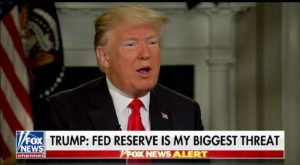 With observable consumer inflation so low, does it even make sense for the Federal Reserve to raise interest rates? President Donald Trump doesn’t think so. He has argued in recent weeks that the Fed is “loco,” and that “my biggest threat is the Fed,” and because “you don’t see that inflation coming back” that he disagrees with the Federal Reserve’s moves to hike interest rates.
With observable consumer inflation so low, does it even make sense for the Federal Reserve to raise interest rates? President Donald Trump doesn’t think so. He has argued in recent weeks that the Fed is “loco,” and that “my biggest threat is the Fed,” and because “you don’t see that inflation coming back” that he disagrees with the Federal Reserve’s moves to hike interest rates.
Let’s talk about that in a later post.
Please see related post:
Federal Reserve and an Independent Central Bank
Post read (267) times.

